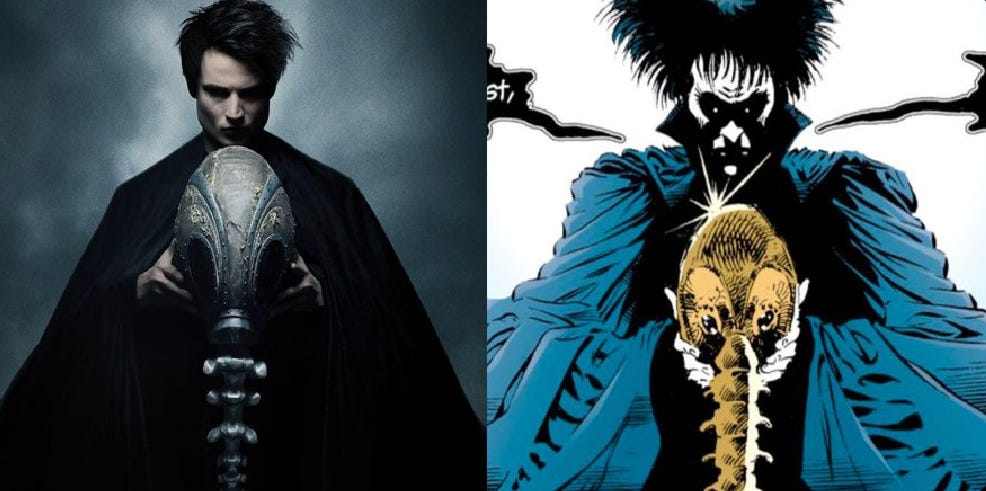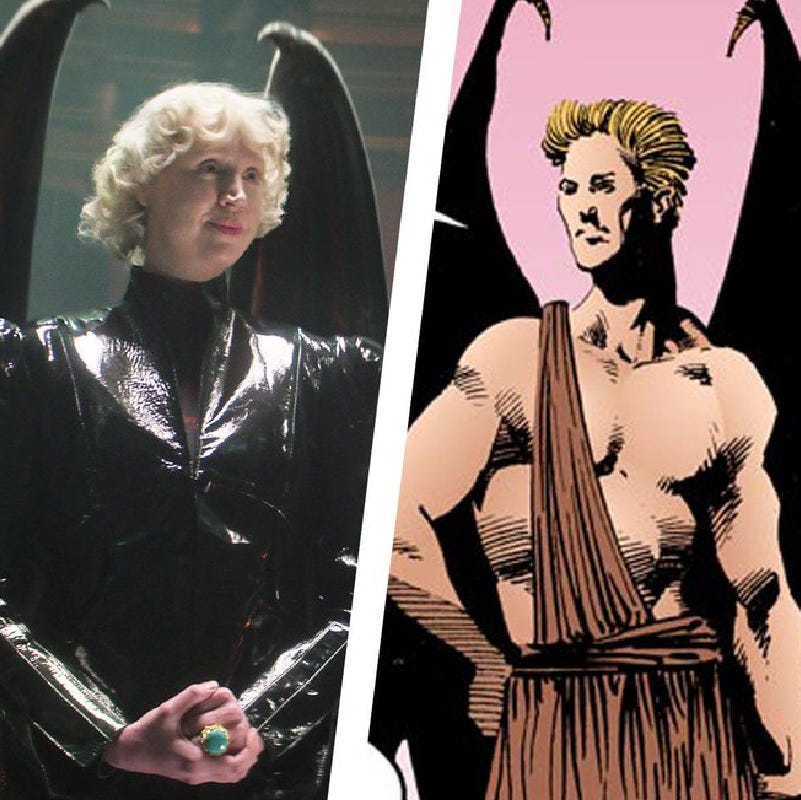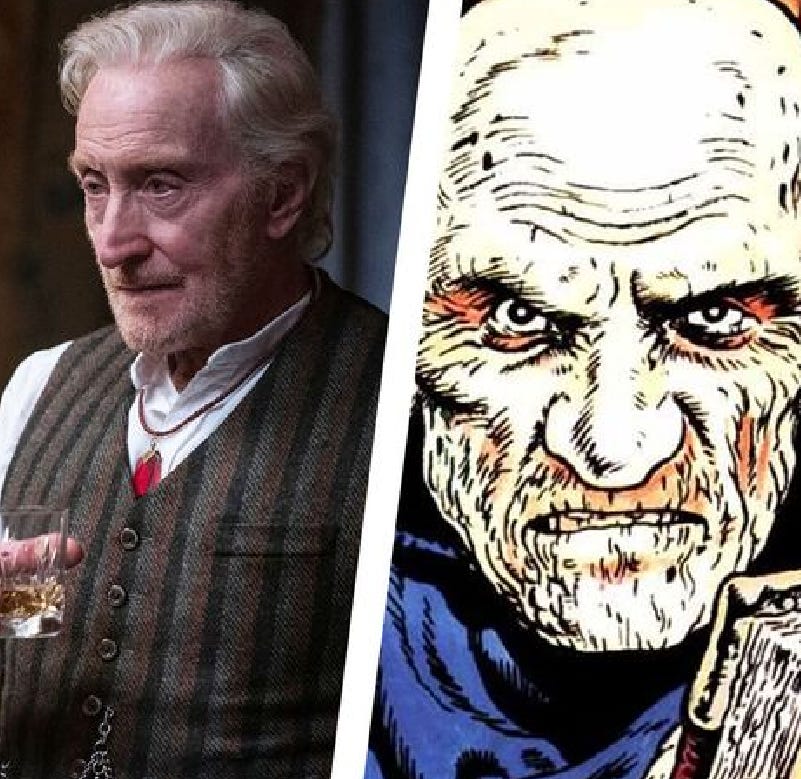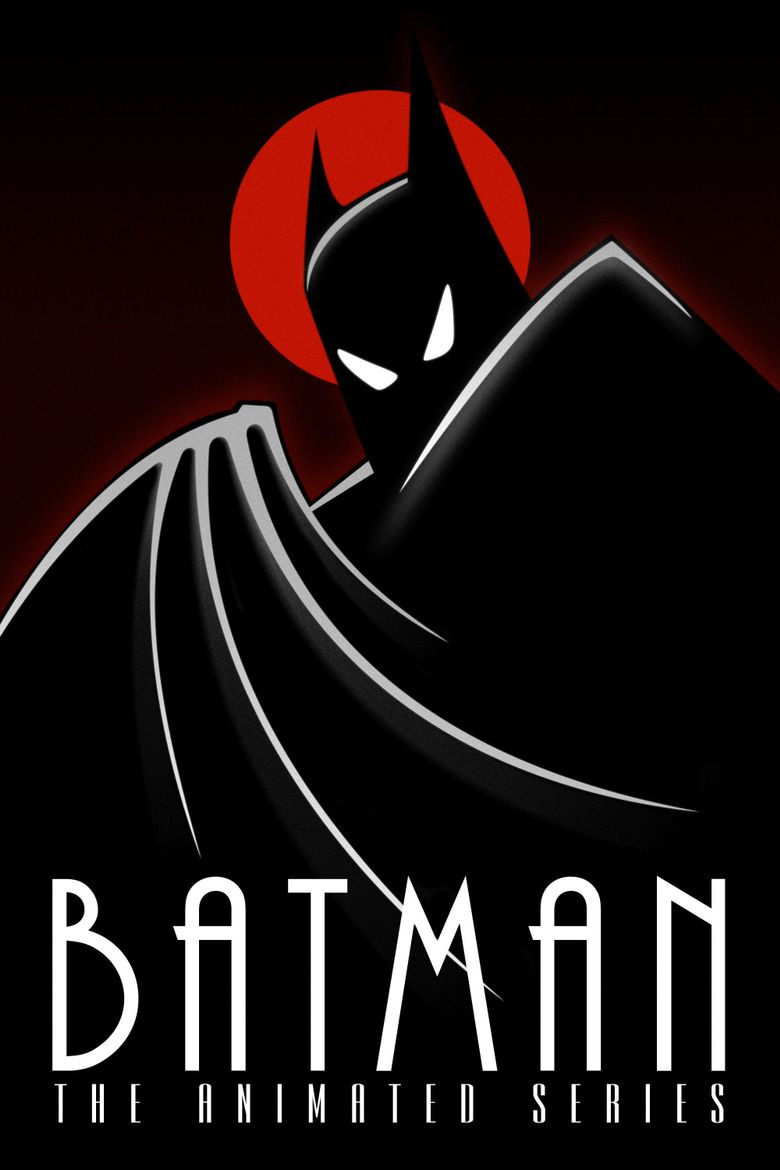Why Comic book Adaptations Don't Work
One of the main reasons live action adaptations of comic book works come up short is—besides forcing woke ideology into the source material—the impossible task of trying to filter the “cartooniness” of comics through the lens hardness of live action.
Sandman the series from Netflix vs. Sandman the comic book series from DC/Vertigo; the problem with adapting comics into live action summed up in a side-by-side photo comparison.
The flexibility of an artist’s skill in being able to approximate, but not quite reach, realism in designing characters and sets, allows the artist to create worlds that are believable in the medium of comics, but can look absurd or downright silly in live action.
Some silliness can be overcome with solid writing and faith in a medium that we’ve absorbed from years of reading comics, and we know doesn’t require realism to make us believe; not so much with live action
This is also hugely advantageous when it comes to visual effects. Something that is effortlessly convincing in a fantasy-based comic book can look ridiculous in HD digital live action. Add an unwillingness to spend money on quality VFX and you get something fit for the CW network.
Boyd Holbrook as The Corinthian; do you really want to see those eyeteeth at the level of effects quality they're going to be shown?
Writing is an elemental aspect of successful adaptations. In comics, dialogue and captions take up space. They are a design element that will have an impact on the way the art is laid out on the page, and the writer and artist work closely together to reach a final page design that satisfies all parties.
Charles Dancer as Roderick Burgess; an inspired casting choice, but the rot and decay of the comic book character doesn’t translate as well into live action.
Live action dialogue doesn’t take into account this vital aspect of artistic collaboration in comics. Dialogue is mostly lifted directly from the comic book. In some cases, this is fine. But a comic book with a high density of themes and ideas needs a deeper look on the part of the people doing the adaptation.
On the left Viviene Acheampong as Lucienne, and Lucien in the Sandman comic on the right; it’s hard to find a body type like that in our world, but in the dreamworld of the comic book, anything goes.
By high density I mean it packs a lot of ideas per page. And in The Sandman profound statements are made in subtle and understated ways, using the interplay of images, dialogues and captions. Sometimes there’s important things happening in the background. Neil Gaiman and his team of artists made you look for things, they made you a participant and a reader, instead of just a spectator.
Gwendolyne Christie as Lucifer Morningstar; some things have changed from the comic to the series. This is fine, but the MODE of the message needs to change in proportion to the medium that it’s changing INTO.
This artistic subtlety can go unnoticed, or it can be outright ignored in the rush to get something onscreen that is superficially perceived to line up with current ideological trends. That delicate interplay between images and words is pushed aside for The Message.
Which takes us back into VFX again. The medium of comics enables the eye to suspend disbelief when exposed to fantastical creatures and landscapes. A direct translation to video can look laughably cheap. Set design can alleviate this, somewhat, but it’s time consuming and costly. And it’s become standard to green screen everything. And regardless of good intentions, VFX have a time and budget limit that often conflicts with the best of intentions.
Over the course of The Sandman comic book series (1989-1996) Neil Gaiman worked with Sam Kieth, Mike Drindenberg, Jill Thompson, Shawn McManus, Marc Hempel, Bryan Talbot, Michael Zulli, Todd Klein and Dave McKean. And Neil’s writing was designed to maximize the strengths of his artistic collaborators. The result is a rich and varied artistic tapestry that sends the reader on a soft and soundless ride through moods and emotions that align with the way we experience dreams, and makes me wonder what would The Sandman be as an animated series. Animation to me feels like the bridge between the somewhat static but unbound medium of comics, and the more dynamic but fixed mediums of films, TV and streaming. Live action is limited to the dimensions of the rectangular frame, and has an imagination ceiling. In spite of the advances in technology, live action has a realism filter that the human eye has a difficult time getting used to when it comes to fantasy, and HD video exacerbates this problem. But despite the potential lower production costs involved in using traditional and digital animation, this medium always gets passed over in favor of live action.
Batman: The Animated Series (1992-1995); a fine example of visual storytelling; study this series for lessons in cinematic storytelling in animation.
I’m not saying don’t adapt things, but let’s give animation a chance.










Dead on. Love it.
As always wonderful treatise!
Big fan of Batman: the Animated series. It is so underrated. Hoping to read your take on it